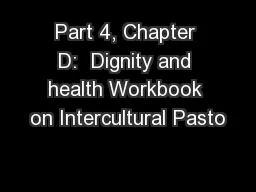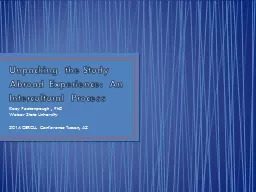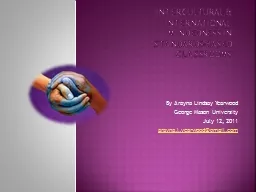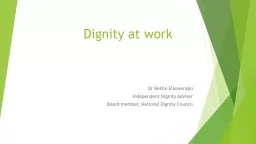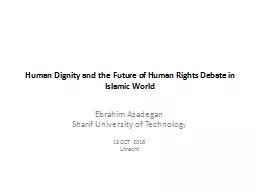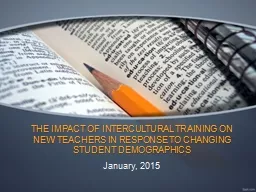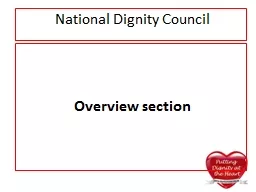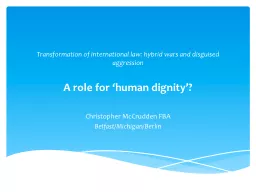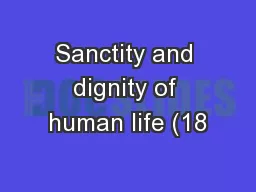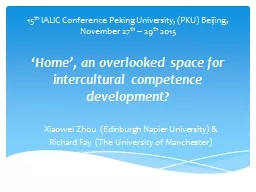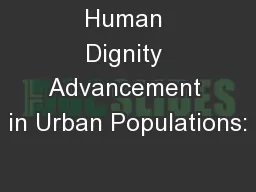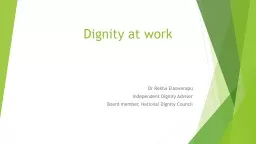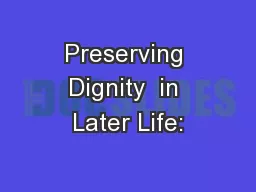PDF-Part 4, Chapter D: Dignity and health Workbook on Intercultural Pasto
Author : giovanna-bartolotta | Published Date : 2016-03-16
Part 4 Chapter D Dignity and health Workbook on Intercultural Pastoral Care and Counselling 439 In some cases psychiatric illnesses themselves violate inherent human
Presentation Embed Code
Download Presentation
Download Presentation The PPT/PDF document "Part 4, Chapter D: Dignity and health W..." is the property of its rightful owner. Permission is granted to download and print the materials on this website for personal, non-commercial use only, and to display it on your personal computer provided you do not modify the materials and that you retain all copyright notices contained in the materials. By downloading content from our website, you accept the terms of this agreement.
Part 4, Chapter D: Dignity and health Workbook on Intercultural Pasto: Transcript
Download Rules Of Document
"Part 4, Chapter D: Dignity and health Workbook on Intercultural Pasto"The content belongs to its owner. You may download and print it for personal use, without modification, and keep all copyright notices. By downloading, you agree to these terms.
Related Documents

